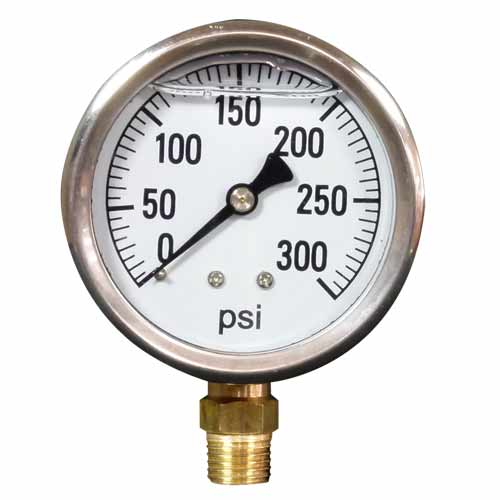
Most of us aren’t scientists or engineers, and so we’re not constantly dealing with changing pressure levels and their ramifications – or at least we think we’re not. To an engineer, a slight change in pressure can be the difference between a bridge being able to support traffic, and it buckling and collapsing. To a chemist, a change in pressure can affect reaction rates, and make or break the viability of a process. But to your average person – well, what does your average driver have to worry about when it comes to changing pressure?
It turns out that the answer is quite a bit. Those of us with tyre pressure monitors understand the significance of the chaning pressure inside our vehicles’ tyres. Lower tyre pressure means flatter tyres, which means longer stopping distance, faster tyre wear, greater chance of blowouts and overall poorer handling. It might not look like much to the naked eye, but functionally, the effects are there.
Most people know that they shouldn’t let their tyres deflate too much, but they tend to leave it too late, thinking that bringing the car in for a tune-up every so often and maybe carrying around a spare will do the job. But a tyre pressure monitoring system allows drivers to know their pressure levels at all times – and more importantly, to know when they’re a little too low. The TPMS has an alarm, with light and sound, to alert drivers when tyre pressure dips below its comfort zone, so they can top it right back up and continue driving at peak performance. And even if we’re not professionals working with pressure, it’s always good to be driving at the top of our game. That sort of safety net – well, one might say that it takes the pressure off drivers.

